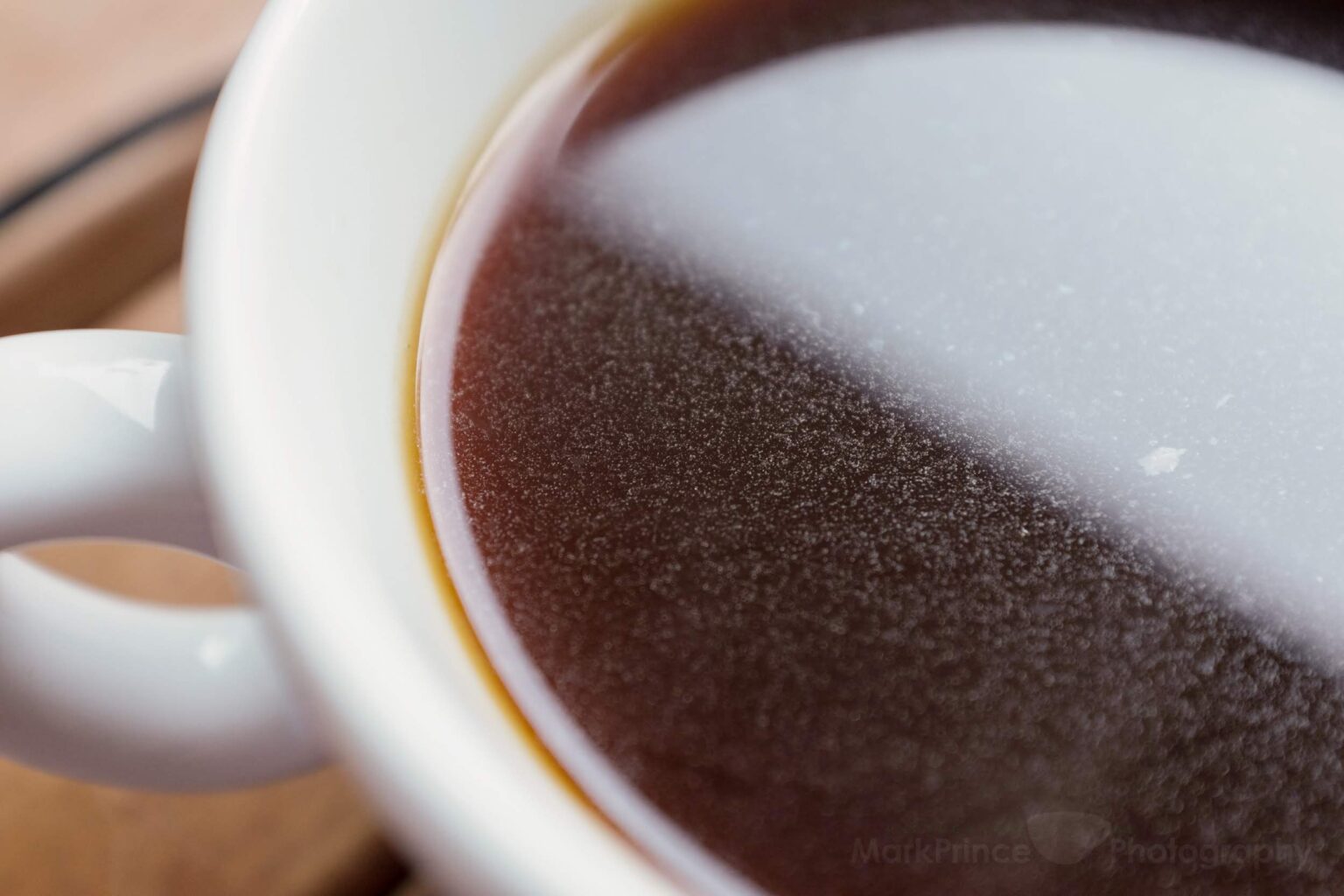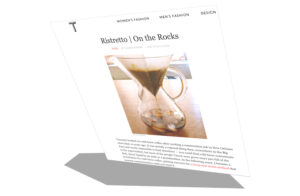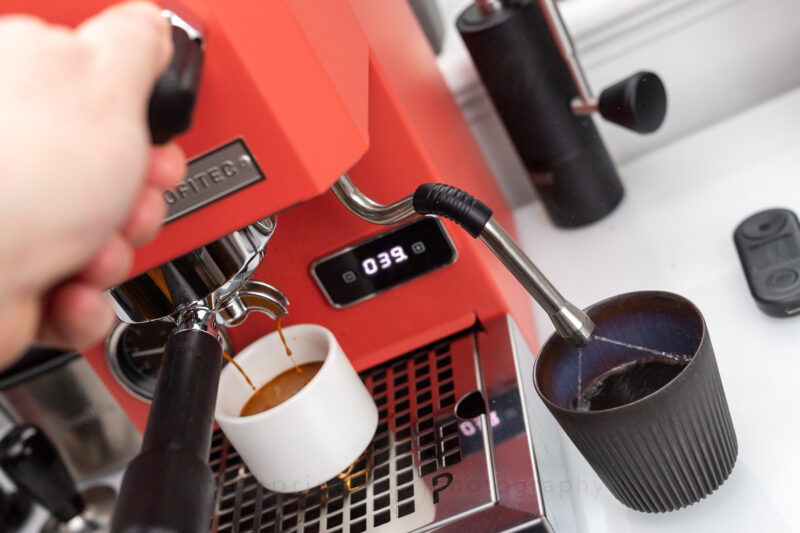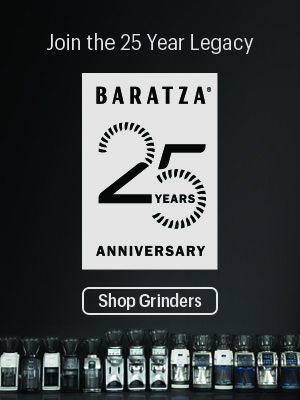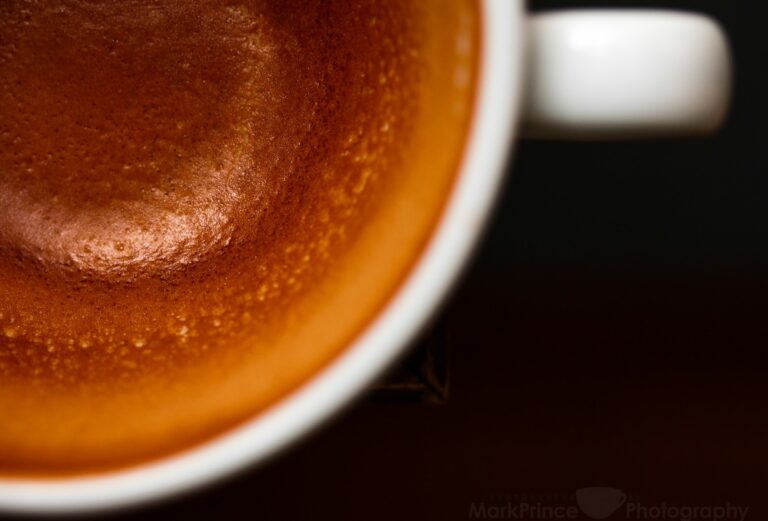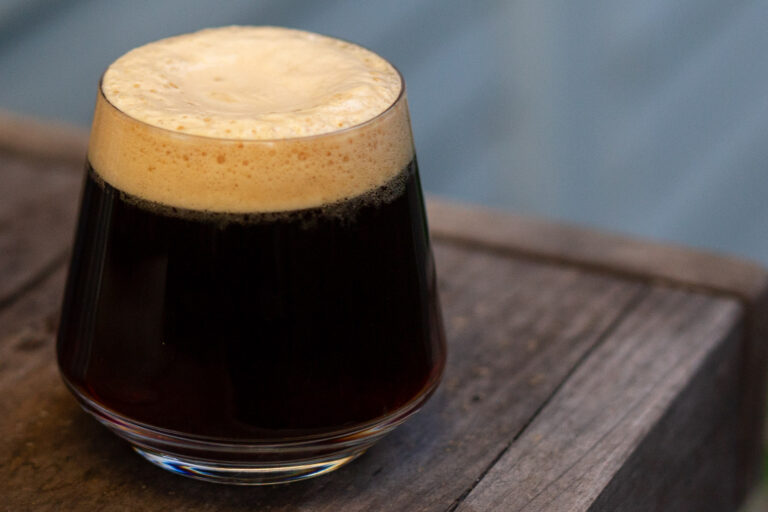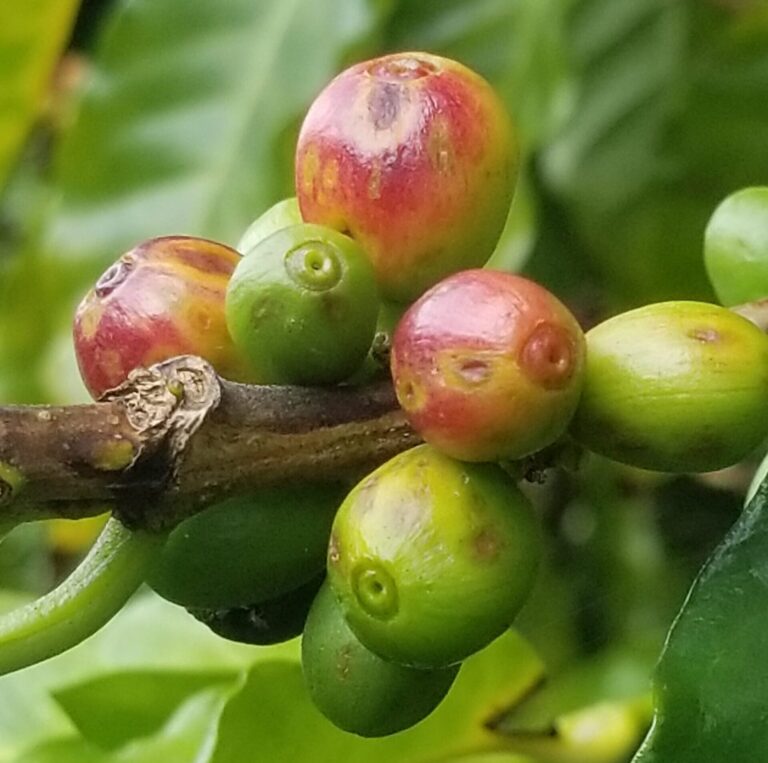For as long as I’ve been into high end coffee, the mantra around pour over is “a clean cup”. Everyone’s obsessed with a clean cup. “Oh, that grinder throws off too many fines, results in a dirty cup”. “This tastes exceptionally clean!”.
I admit I don’t quite get it.
I grew up with press pot coffee. My Dad, bless his soul, brewed a coffee with a press pot every single morning since I was born, using a cheap Braun grinder to get big pebbles for his morning fix. The first coffee I ever had was one he made for me – or more accurately, shared with me from a press pot brew – and it was something special let me tell you.
I remember – vividly – drinking that first cup right to the last bits of sledge in the bottom. “What’s that left over?” I asked, and my Dad said “that is the remains of the coffee essence”. That always stuck with me.

All grown up and getting my first real barista job (after my first cafe job at an oldschool kind of coffee house), my boss was super obsessed with “the clean cup” like everyone else in coffee around 2013 was. They had those sooper expensive EK-43s from Mahlkonig for all non espresso drinks, because as my boss said, “nothing grinds a more even grind. There’s almost no fines!”.
Yup, the cup was clean. Of course we were doing Hario V60 manual pours with paper filters, but yup, it was clean. It almost always tasted good, yet I felt like I was drinking a rich ‘tea’ of the coffee world, as if the coffee was watered down a bit.
We also used the Mahl for press pot grinding, dialing it back coarser before pouring the beans in. The result was something I never quite got used to: a “clean”(ish) press pot coffee brew. It always seemed to lack something. Depth. Body. Sludge. “The coffee essence”.
This clean obsession… last fall, long after I left the pro-barista game, I started thinking about it again, triggered by some YouTube coffee video. By this time in my coffee life, coffee happened mostly at home with a V60, a press pot, and a lovely Breville Dual Boiler. I was geeked out enough that I sold a 7 year old Baratza Vario and bought a Vario-W, and also got a Knock Aergrind for travelling with the AeroPress.
Now the Vario-W is a pretty fantastic grinder, especially for pour over, siphon, and press pot. It’s not the EK-43, but for home you’ll be challenged to find a better grinder with an even output thanks to its flat burrs seemingly designed for pour over coffee. I was definitely more pleased with its ability for press pot coffee than the EK-43, so there’s that too. I saw the sludge back in my cup, and loved it. And that’s where the “clean obsession” thoughts creeped in one fall day.
I had an email conversation with a coffee pal about why people think sludge in your cup is bad (tip-off – the buddy was another writer here, Mark Prince). He had similar thoughts, and wrote me something that got my mind exploring.
“This pursuit of a “clean” cup comes from people reading TDS meters as gospel, but also because yes, there’s a lot of shitty grinders out there, throwing out a 1000 micron range size of grinds, often producing way too much dust which can be detrimental to pour over. A lot of the modern grinders, including the hand grinders, do a better job of this though. I don’t place that much weight on TDS readouts; I prefer to let taste be the arbiter. But I will say this – I absolutely don’t mind crunchy coffee, in certain circumstances. The added texture can boost the overall sensory experience of the cup, with the catch that you have to drink it right away, as it can deteriorate rather quickly.”
“Crunchy coffee”. Prince’s word for coffee with undissolved solids in it. Like what you get in a press pot, or when you use an all metal filter in pour over or an auto drip machine.
It was the added texture part I focused on. That’s what I recalled most from those press pot cups with my Dad: texture. It’s also why I like press pot coffee to this day: there’s this sensation and texture of ultra fine powders coating the tongue along with the liquor of the coffee brew.
So I tried an experiment. I bought one of the new Kone filters for the Hario V60, and wanted to see if I could build up even more texture in a brewing device that already provides a little bit of texture.
Two brews got done. One at my normal pour over grind setting (21g ground for 300ml brewed). The second, I ground the coffee at two different levels of fine: 5g at a near espresso setting (between espresso and drip), and 16g at slightly coarser than my usual pour over grind.

The “normal” brew was nice for one of my first brews with the Kone filter. A bit of that texture Prince talked about, but also tasted a bit weak, as if it didn’t get enough of the good things out of the ground coffee. The second brew using the mix of fine and regular grind was slower in brewing in the Kone, but resulted in a much more complete cup of coffee. A lot more texture, but also a kind of creamy sweetness that the first brew lacked.
Since last fall, I’ve experimented a lot with this. Changing the grind settings on a Vario-W while coffee beans are in it is quite a workout, so I started using my hand grinder (an Aergrind) to grind the fine amount, and stuck with the Vario-W for the regular grind. What I’ve found leads to the best overall cups I have is this formula:
- 300ml 96C water.
- 15g “slightly coarse” pour over grind from the Vario-W (6-M for those who own one).
- 5g “fine” grind on an Aergrind hand grinder (set to 1.3 on it).
- Mix and stir with a WDT device.
- Kone V60 metal filter.

The result is a very textured coffee that definitely will appear muddy and have some sludge in the finished cup. But I completely love the sensory taste experience it delivers, and to my amateur taste buds, doesn’t taste over extracted or in any way “wrong”.
Give it a try; let your own taste be the judge!


